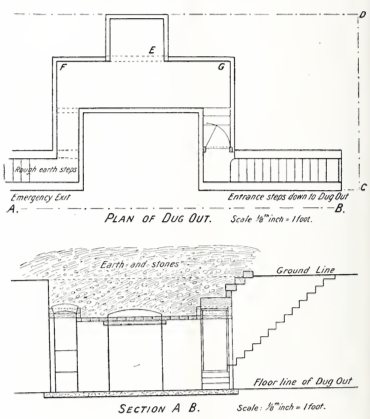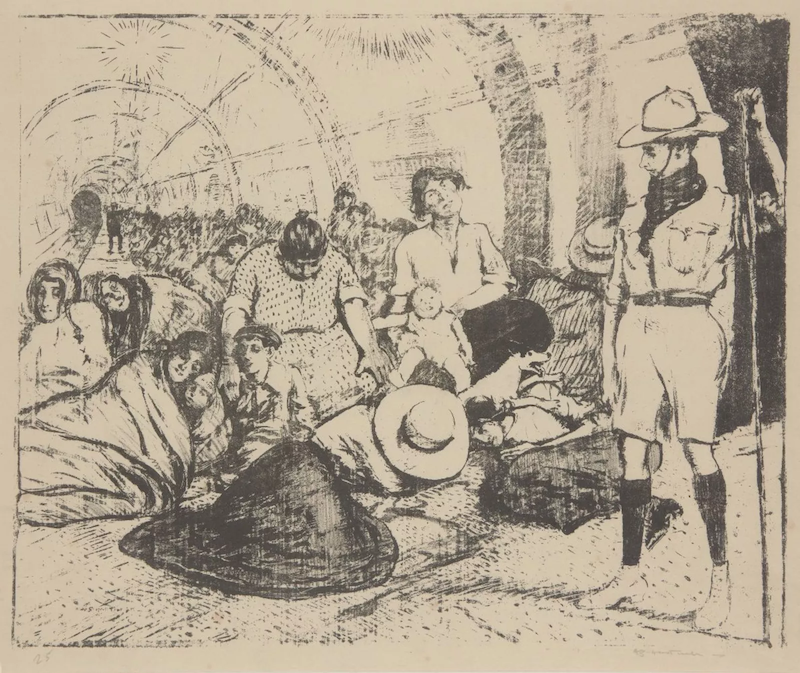Airminded at 0, 5, 10, 15, 20
Airminded is 20 years old today. That’s a long time in blog years. Airminded at 0 I was an almost-young almost-PhD student. Airminded was going to be a place for me to talk about things I’d found during my research. Airminded at 5 I was a recent PhD graduate, trying to get an academic job. […]










